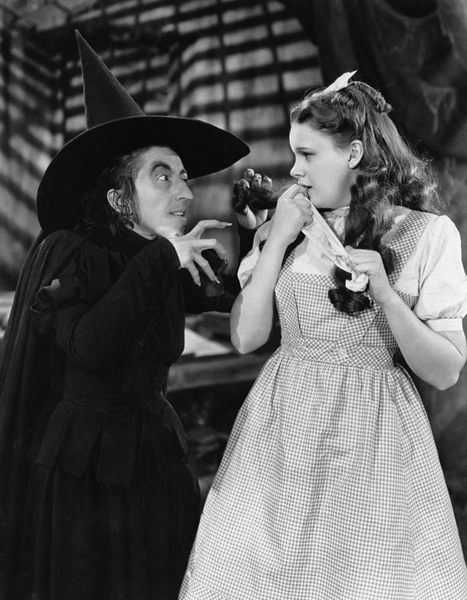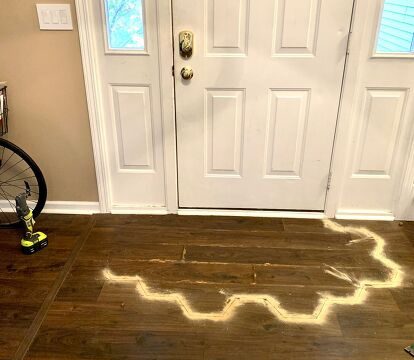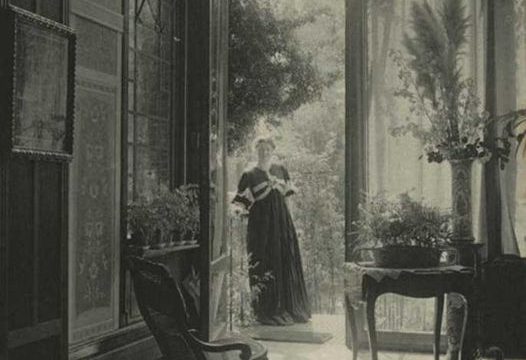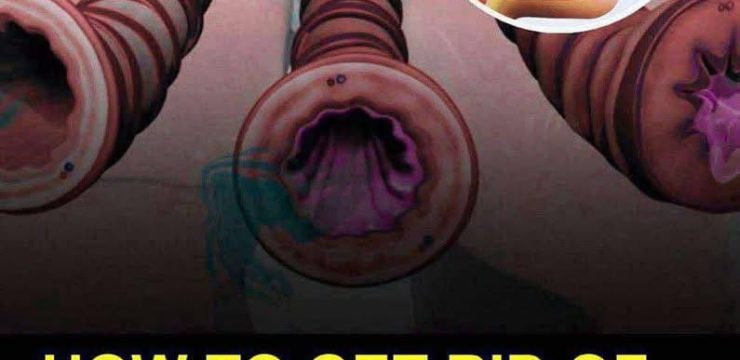The Scarecrow from the classic 1939 film The Wizard of Oz has always been one of the most endearing and memorable characters in cinema history. With his floppy limbs, charming clumsiness, and genuine heart, he quickly won over audiences despite being designed to scare off birds. He’s not particularly intimidating, and he’s constantly losing bits of straw, but his loyalty and warmth make him unforgettable.

Played brilliantly by Ray Bolger, the Scarecrow is best known for his heartfelt rendition of “If I Only Had a Brain,” a song that perfectly captures his wishful longing for intelligence while showcasing Bolger’s whimsical character work. What many fans don’t realize, however, is that there was once a much longer version of that famous musical number that included a dazzling dance sequence performed by Bolger himself. This extended version was cut from the final film, largely due to time constraints, but it sheds new light on the Scarecrow character and gives fans a taste of the talent and creativity that went into the production. In the version that made it to theaters, the Scarecrow sings his signature song for about a minute before Dorothy invites him to join her on the Yellow Brick Road.
While this short scene is still delightful, it doesn’t even come close to showing the full scope of what was originally filmed. The deleted scene, which clocks in at around four minutes, features a much more elaborate version of the song and includes a breathtaking dance number choreographed by none other than Busby Berkeley, one of the most iconic choreographers of early Hollywood musicals. Known for his elaborate, synchronized routines and imaginative visual style, Berkeley’s work brings an entirely different level of energy to the scene. Ray Bolger, a skilled dancer with a background in vaudeville, takes full advantage of the opportunity to stretch his legs—quite literally. In the extended version, Bolger dances with a level of grace and athleticism that’s nothing short of remarkable.
At times, it even seems as if the Scarecrow is flying. Of course, he isn’t really soaring through the air, but Bolger’s energetic leaps and expertly executed movements create the illusion that he’s weightless. It’s a moment of sheer movie magic that was sadly left on the cutting room floor. The dance includes clever choreography that emphasizes the Scarecrow’s lack of bones and structure, allowing Bolger to contort his body in ways that are both hilarious and impressive.
He flops, spins, and springs with incredible precision, embodying the character’s physical comedy while elevating the performance with genuine skill. Watching this scene, you gain a deeper appreciation for Bolger’s performance and the craftsmanship that went into making this musical moment so special. The set remains the same whimsical cornfield where Dorothy first meets the Scarecrow, but the longer sequence gives it more time to breathe and more emotional impact. The song’s extended lyrics offer additional insight into the Scarecrow’s hopes and insecurities, deepening the viewer’s connection to the character. Despite the clear talent on display and the charming nature of the sequence, the studio ultimately decided that the longer scene slowed down the pace of the movie too much, especially in the early part of the film. So, like many scenes in Hollywood history, it was trimmed to fit the runtime. Thankfully, thanks to film preservation efforts and the passion of movie lovers around the world, the footage still exists and has been made available to modern audiences through various archives and online platforms. Seeing this lost moment restored allows us to experience a fuller version of the character we thought we already knew. The deleted Scarecrow scene is not just a fascinating piece of film history—it’s a joyful celebration of performance, creativity, and the timeless magic of The Wizard of Oz. For longtime fans and newcomers alike, it offers a rare and delightful look at a side of the Scarecrow that had been hidden away for decades. If you haven’t seen it yet, do yourself a favor and watch this extended number—it’s a wonderful reminder of how much heart and talent went into creating this cinematic masterpiece.





